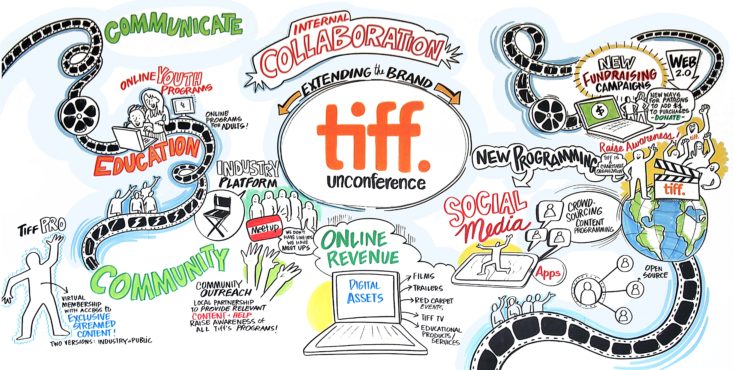Is the Philippines the Next Global Film Hub?

On March 1st I joined the American Chamber of Commerce’s Creative Industries Committee panel on supporting the Philippine film industry. Per usual, I spoke about the practical aspects of developing the film and creative industry: lack of accurate data and prioritization in a largely informal sector. I shared our local Open Knowledge Kit methodology that provides faster, cheaper, more accurate and verifiable data while creating local data employment opportunities well above the minimum wage. I also shared footage from one of the creative industry production hubs we are developing in the Philippines, with another location set in Indonesia to support the ASEAN region.
Media use is seen as a very important part of Filipino life as exposure to media mirrors the desire to be part of both society and the environment. Among the Filipino people, films are considered to be one of the popular forms of entertainment as it directly employs around 260,000 Filipinos and generate generating around ₱2 billion incomes per annum. Within the Southeast Asian region, Philippine cinema remains the most vibrant and diverse as the majority of films made in the region came from the Philippines along with the film industries of Thailand and Indonesia.
However, on a global scale, the downfall of Philippine cinema is traced to Filipinos’ exposure to foreign films rather than mainstream cinema. The competition from foreign films with better editing techniques, cinematography, story concept, and far bigger production made it difficult for Filipino films to compete. Also, high taxation for film producers affects the number of films available. Hence, with the advent of new technologies and new media platforms, the industry is faced with new challenges.
The technical quality of foreign films made it difficult for the local industry to compete since moviegoers mostly watched films for entertainment and a sort of enjoyment and diversion. Furthermore, the Philippine film industry has faced incredible drawbacks since the onset of the COVID-19 pandemic – from the continued closure of cinemas that affected the production of local films, to the challenges plaguing the safe conduct of production activities and onsite events.
Media use is seen as a very important part of Filipino life as exposure to media mirrors the desire to be part of both society and the environment. Among the Filipino people, films are considered to be one of the popular forms of entertainment as it directly employs around 260,000 Filipinos and generate generating around ₱2 billion incomes per annum. Within the Southeast Asian region, Philippine cinema remains the most vibrant and diverse as the majority of films made in the region came from the Philippines along with the film industries of Thailand and Indonesia.






